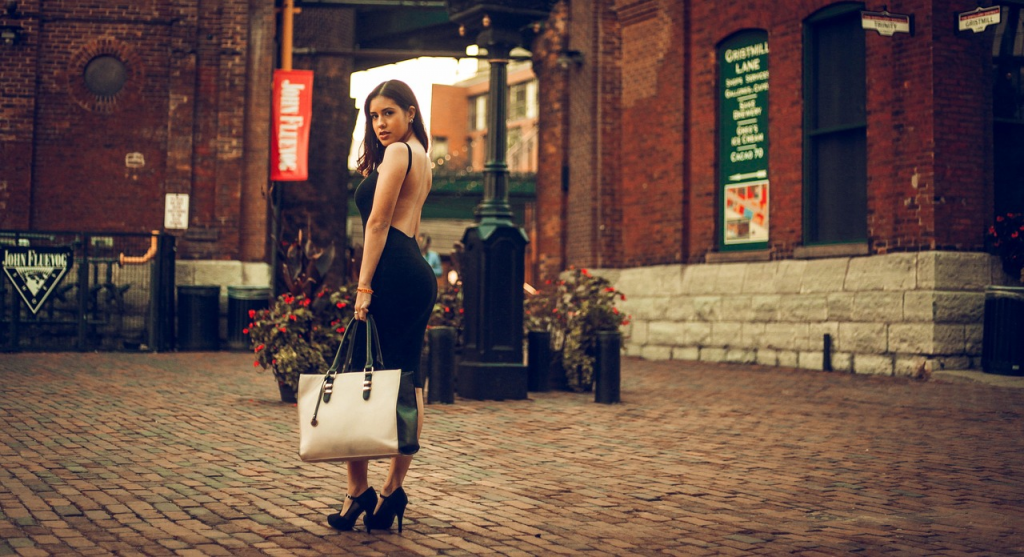
Introduction: A World Woven into Style
Globalization has reshaped more than just trade routes—it’s rewritten the seams of the fashion world. Today, what you wear isn’t just a reflection of local trends but a tapestry of global inspirations. From Tokyo’s edgy streetwear to Parisian elegance and the vibrant prints of West Africa, international influences have never been more prominent in shaping how we dress. But what’s behind this cross-cultural style exchange? And how is it changing the way we define fashion?
The Rise of Cross-Cultural Fashion
Cultural Exchange Through Clothing In a digitally connected world, trends travel fast. A traditional Indian kurta might inspire a boho dress in Milan. Korean hanbok silhouettes appear on Western catwalks. This cultural borrowing—when done respectfully—enriches design vocabulary across continents.
The Role of Global Travel and Migration Whether it’s a fashion student studying abroad or a designer relocating to a new country, personal journeys influence creative output. Migration brings heritage into new contexts, creating hybrid aesthetics that challenge conventional norms.
Regional Influences in Global Fashion
Asia: Minimalism Meets Maximalism Japan’s avant-garde designers like Rei Kawakubo and Yohji Yamamoto brought deconstruction and asymmetry to Western fashion. Meanwhile, K-pop’s flashy aesthetics are now seen in everything from makeup trends to oversized blazers in New York.
Africa: Vibrancy and Craftsmanship Bold patterns, intricate beadwork, and hand-woven textiles from countries like Nigeria, Ghana, and South Africa are now staples on luxury runways. African designers are reclaiming narrative power through fashion rooted in identity and craft.
Europe: Tradition Refined Paris still leads in haute couture, but modern European fashion draws from a broader palette. Scandinavian brands bring clean lines and sustainability, while Eastern Europe contributes embroidery and folk motifs with a modern twist.
The Americas: Diversity and Dynamism In the U.S., multiculturalism is a key driver. Latin American influences—like Peruvian alpaca wool or Mexican embroidery—infuse collections with warmth and color. Meanwhile, Brazilian swimwear trends dominate summer collections globally.
Technology’s Role in Cultural Transmission
Social Media as a Style Bridge TikTok and Instagram aren’t just for selfies—they’re fashion melting pots. Hashtags like #GlobalStyle or #StreetStyleSeoul amplify foreign trends in real time. A look worn on the streets of Lagos today could go viral in Berlin tomorrow.
Virtual Runways and Fashion Weeks The COVID-19 pandemic accelerated digital fashion. Designers now host livestreamed shows with global audiences. Brands like Dior and Louis Vuitton stage shows in international cities, incorporating local themes to resonate worldwide.
The Fine Line Between Inspiration and Appropriation
When Borrowing Becomes Exploitation It’s one thing to be inspired by a culture; it’s another to profit from it without respect or context. Controversies arise when sacred symbols become accessories or when designers neglect to credit indigenous artisans.
Championing Authentic Collaborations Authentic cross-cultural fashion celebrates diversity through collaboration. Brands like Stella Jean work directly with global artisans to ensure that cultural elements are represented respectfully and fairly compensated.
Sustainability in Global Design
Ethical Sourcing from Around the World Global doesn’t mean mass-produced. Many fashion houses are turning to traditional techniques that are inherently sustainable—like Indian handloom weaving or Bolivian alpaca knitting—to create luxurious, low-impact garments.
The Return to Local in a Global Context Interestingly, globalization has sparked renewed interest in local craftsmanship. As consumers grow weary of fast fashion, they seek meaning and stories in their clothes—reviving regional techniques with global reach.
Future Forecast: What’s Next in Global Style
AI and the New Age of Design Fusion Artificial Intelligence now scans millions of cultural references to predict trends or generate design concepts. This could democratize design, allowing emerging regions to influence global trends algorithmically.
Gen Z’s Global Ethos For Gen Z, style is borderless. Raised on K-dramas and Afrobeats, they view cultural mixing as the norm, not the exception. Their values—sustainability, inclusivity, and fluidity—are driving fashion’s future toward openness and authenticity.
Conclusion: A Global Wardrobe with a Local Soul
Fashion has always been a mirror of society. As borders blur and cultures mingle, our clothes reflect our connectedness. Global style isn’t about homogenizing fashion but celebrating its diverse origins. Whether it’s a Chinese qipao-inspired blazer or Maasai beadwork in a luxury capsule, the future of fashion lies in respectful, meaningful fusion.

FAQs
Q1: How do global styles influence everyday streetwear?
From Korean streetwear to Nigerian Ankara prints, global styles influence how people mix and match outfits, creating eclectic urban looks.
Q2: Can cultural exchange in fashion be harmful?
Yes, if it’s done without respect or understanding. Appropriation can strip meaning from sacred symbols and exploit communities.
Q3: Which countries are rising as fashion influencers?
South Korea, Nigeria, Colombia, and India are becoming key players thanks to vibrant fashion scenes and growing global visibility.
Q4: How can consumers support ethical global fashion?
Look for brands that work with indigenous artisans, use sustainable practices, and credit cultural sources transparently.
Q5: Is global fashion the same as fast fashion?
Not at all. While fast fashion spreads trends quickly, global fashion emphasizes cultural richness, craftsmanship, and storytelling.






